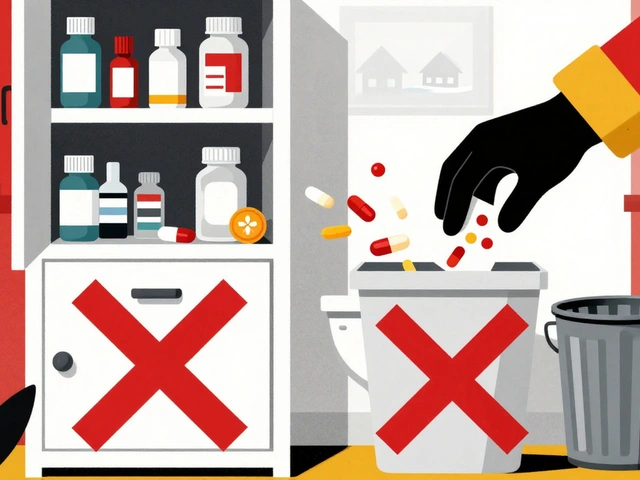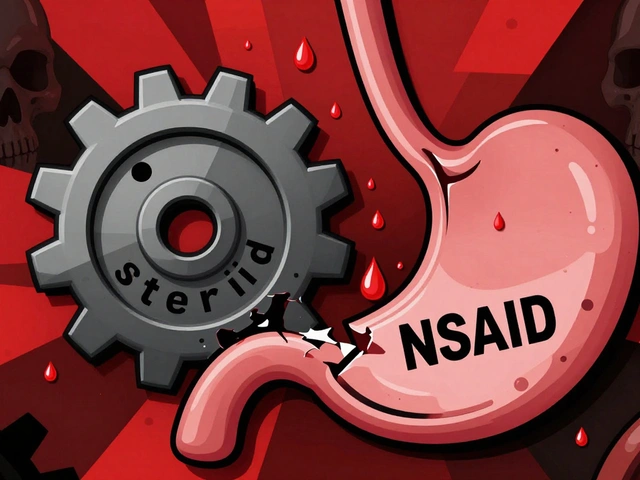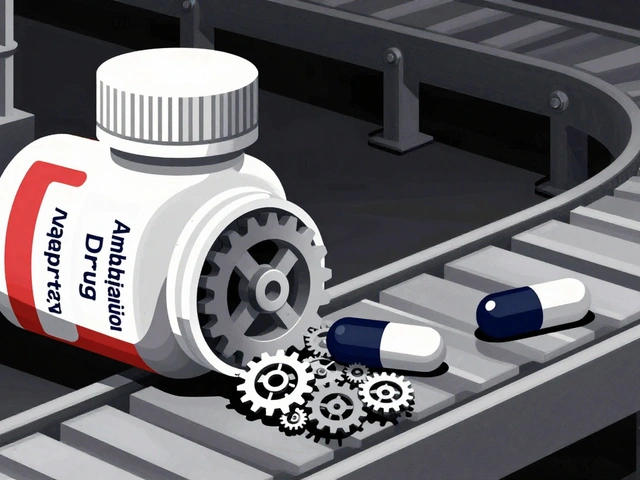Antibiotic Resistance: What It Is, Why It Matters, and How It’s Changing Treatment
When antibiotic resistance, the ability of bacteria to survive exposure to drugs designed to kill them. Also known as antimicrobial resistance, it means antibiotics that once saved lives are losing their power. This isn’t science fiction—it’s happening right now. Every time you take an antibiotic when you don’t need it, or don’t finish the full course, you’re helping bacteria learn how to fight back. These survivors multiply, passing on their defenses. Soon, the drugs that worked yesterday won’t work today.
This problem isn’t just about pills. It’s about superbugs, bacteria that resist multiple antibiotics, making infections nearly untreatable. Think of MRSA, drug-resistant tuberculosis, or gonorrhea that won’t respond to any standard treatment. These aren’t rare outliers anymore—they’re showing up in hospitals, nursing homes, and even community settings. And it’s not just humans. Farm animals given antibiotics daily to grow faster or prevent disease are breeding grounds for these resistant strains. The same bugs can jump from animals to people through food, water, or contact.
Meanwhile, antibiotic misuse, taking antibiotics for viral infections like colds or flu, or using leftover pills without a prescription is still common. People think, "It helped last time, so it’ll help now." But that’s exactly how resistance grows. Doctors are under pressure to prescribe, patients expect a pill, and the cycle continues. Meanwhile, new antibiotics are scarce. Big pharma isn’t investing much because these drugs aren’t profitable—people take them for a week, then stop. The pipeline is dry.
What does this mean for you? A simple cut could turn deadly. A routine surgery could become risky. A urinary tract infection might require a hospital stay because the usual pills don’t work. The World Health Organization calls antibiotic resistance one of the top global health threats. And the evidence is in the data: millions of deaths each year are already linked to drug-resistant infections. That number will climb unless we change how we use these drugs.
Some of the posts here dig into how antibiotics like minocycline and cefaclor affect more than just infections—they can disrupt your gut, influence mental health, or interact with other meds. Others show how drug choices, like switching from one antibiotic to another, aren’t just about effectiveness—they’re about resistance patterns too. You’ll find real-world examples of how people manage infections when standard options fail, and how doctors are adapting dosing, timing, and combinations to stay ahead.
This isn’t about fear. It’s about awareness. You don’t need to avoid antibiotics when they’re truly needed. But you do need to know when they’re not the answer—and what to do instead. The tools are here. The knowledge is growing. What’s missing is consistent action. Below, you’ll find practical guides, comparisons, and warnings from real cases that show how antibiotic resistance isn’t just a lab problem. It’s in your medicine cabinet, your doctor’s office, and your next cold.

How Cefuroxime Can Help Treat Biofilm-Related Infections
Cefuroxime can help treat some biofilm-related infections, especially when used in combination with other therapies. It's not a cure-all, but it's a useful tool for specific bacterial strains and infection sites like sinuses and urinary tracts.
read more




